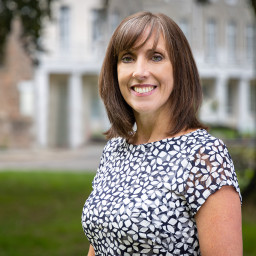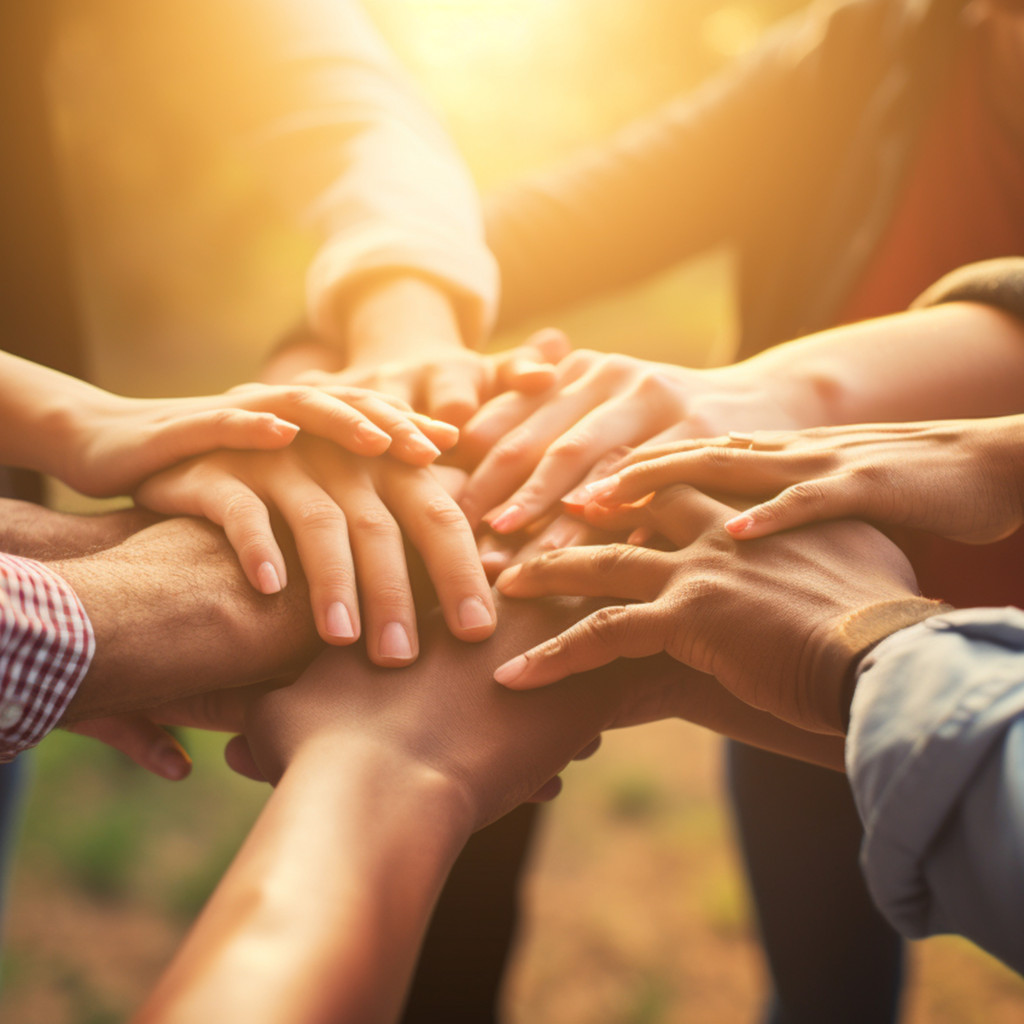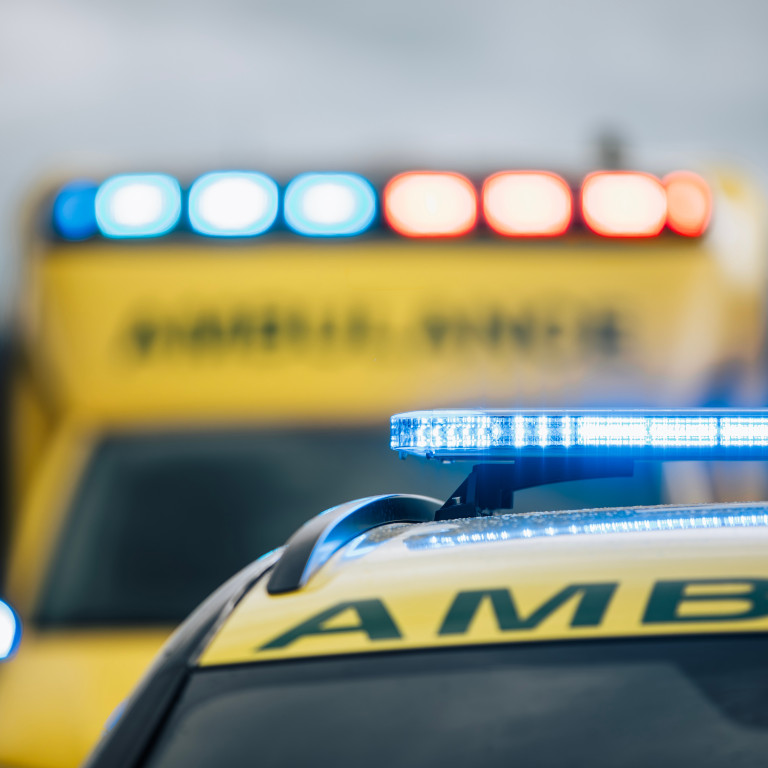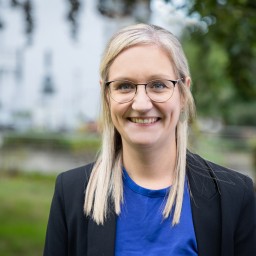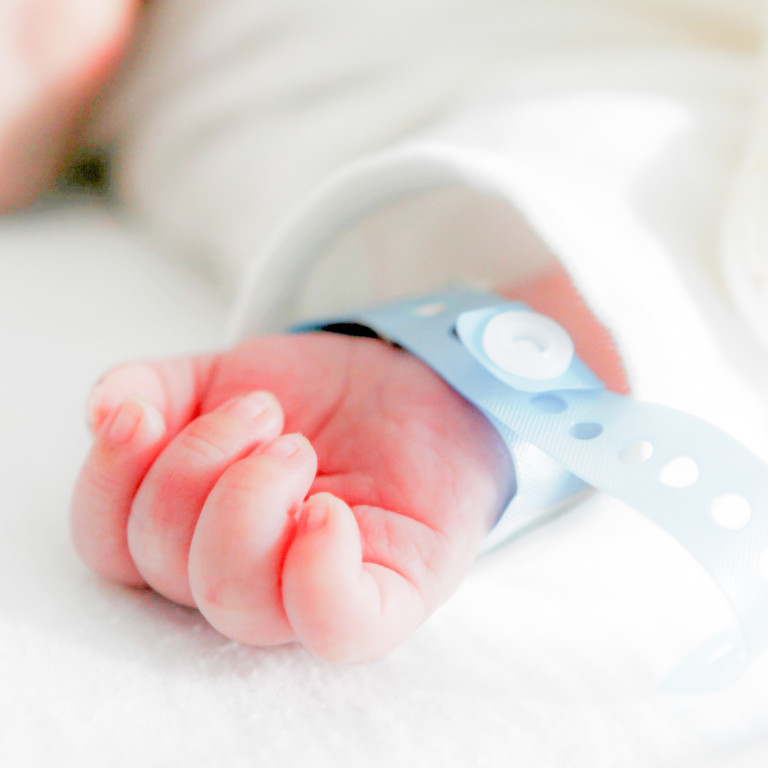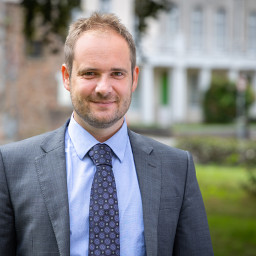Limb difference comes in many forms—some visible, some less so. Erb’s Palsy, often resulting in limited function or paralysis of the arm, is one such condition that deserves a place in the broader conversation about limb loss and difference. Every experience is important and highlighting them strengthens understanding and community support.
Lily[1] was born at the Royal Bolton Hospital after a complicated delivery.
Lily who is a happy, caring, and resilient little girl, has a right-sided Erb’s Palsy – which is a condition that affects her shoulder arm, and hand. The nerves in her neck, the brachial plexus, which supply movement to her arm, were damaged during her birth when she became stuck (a situation called shoulder dystocia) and the doctors pulled to deliver her. Although there was some recovery initially – much of the damage is permanent and has affected the growth and development of the arm and shoulder joints. Lily has already had surgery to repair the damage and is likely to need more surgery as she grows. Still, her arm will never function in the same way as the left one and she has and will have to adapt to manage her disability as she matures and faces new challenges.
Her right arm is shorter, weaker, and stiffer than the left, and she has reduced strength and endurance. The range of movement is reduced, and she favours her other arm. Her arms and the two sides of her shoulder look different, and the disability is noticeable when she moves and attempts to use her right arm. Although Lily is probably too young to realise it fully yet – the sensation and proprioception (awareness of the position) of her right arm is probably affected.
As she gets older Lily will need more support (and equipment) to deal with everyday activities such as personal care, fetching and carrying, preparing food, and doing household chores and is likely to have to consider her employment options carefully to avoid work which involves bimanual physical or dexterous tasks.
When Lily was born and her Erb’s Palsy was diagnosed, her parents were understandably very distressed and worried about her diagnosis and what the future would hold. They contacted the Erb’s Palsy Group, a UK Charity (run entirely by volunteers) that supports those with the condition and their families. In addition to offering advice and support, the Charity raises awareness and strives to reduce incidence rates through education and training of medical and midwifery professionals and to promote better treatment by early referral to specialist centres.
Lily’s mother described how the Erb’s Palsy Group has been a lifeline to them.
“The caring, honest, and open attitude of the whole charity community, combined with the dedication and passion of the trustees have made us feel much better equipped to navigate Lily’s journey so far. They celebrate the progress and achievements of every child and the wealth of knowledge available regarding Erb’s Palsy is invaluable. I honestly don’t know where we’d be without them!”
Click here to read more about the Erb’s Palsy Group.
How can Tozers help?
For any further information, or for advice on bringing a claim please contact our dedicated medical negligence legal experts.
[1] Personal details have been changed to protect identity.

